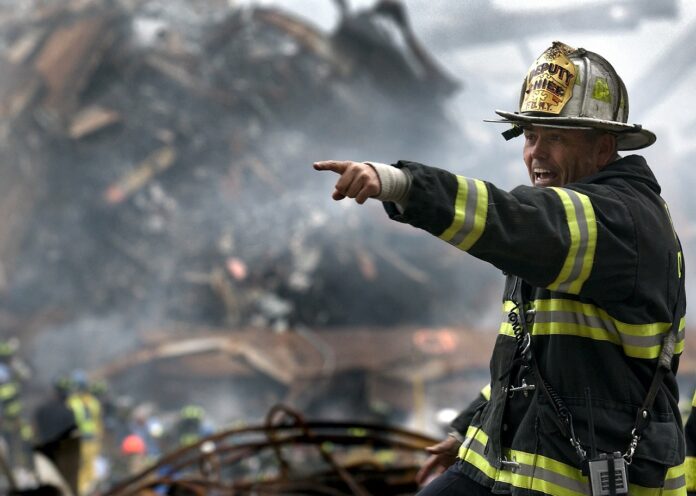Source: MakeLemonade.nz
Te Whanganui-a-Tara – Fire and Emergency New Zealand has made a substantial change to its set up, reaching a significant milestone as New Zealand’s first unified firefighting organisation.
September 27, 2021 marks the stand-up of 17 new districts, replacing an historic split where there were 24 urban areas and 18 rural fire districts across the country.
Chief executive Rhys Jones says Fire and Emergency New Zealand was established in 2017 and bringing together over 40 rural and urban fire services and 14,000 people has been a huge job.
“But getting all the different firefighting set ups working together as one national organisation has been necessary,” he says.
“Our structural changes are about building a unified national emergency management organisation to meet the changing risks communities face across both the built and natural environments.”
Prior to the new structure announced today, Fire and Emergency maintained a similar leadership structure to the organisations that preceded it. Area managers led urban focused brigades and stations and principal rural fire officers led rurally focused brigades.
Under the new structure, all brigades and stations will sit together under their respective newly appointed district managers.
National commander Kerry Gregory says Fire and Emergency’s work goes a lot further than putting out fires and the new teams will reflect its wider remit.
For years now, the proportion of fire callouts has been reducing compared to other incidents and this will continue to be the case.
A changing climate means Fire and Emergency will need to respond to more frequent and severe natural disasters in the future. They are also attending more road accidents, medical callouts and incidents involving hazardous materials.
The new structure enables F and E to continue to respond to those emergencies and work with communities to keep them safe.
Reducing the risk of fire is the single most effective thing F and E can do in seeking to protect New Zealand’s people, property and environment.
The new structure enables us to put an increased focus on risk reduction and supporting communities to be resilient and able to recover more quickly from the impact of emergencies.



